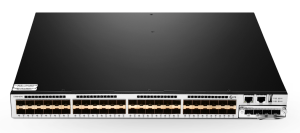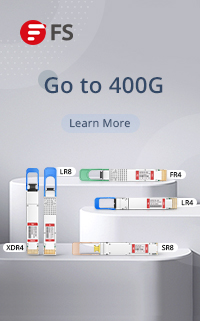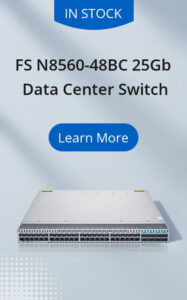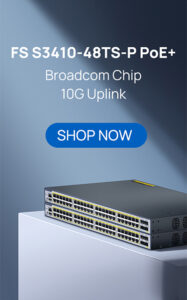 Today, the Ethernet cabling systems market is dominated by 10G links. Several physical media types are available to support 10 Gigabit Ethernet applications, including 10GBASE-CX4, SFP+ DAC, fiber optics, and 10GBASE-T (using twisted pair, RJ-45 connectors). In this post, they are introduced one by one.
Today, the Ethernet cabling systems market is dominated by 10G links. Several physical media types are available to support 10 Gigabit Ethernet applications, including 10GBASE-CX4, SFP+ DAC, fiber optics, and 10GBASE-T (using twisted pair, RJ-45 connectors). In this post, they are introduced one by one.
CX4 is the first 10G copper standard published by 802.3 (as 802.3ak-2004). It offers the advantages of low power, low cost and low latency and is specified to work up to a distance of 15 meters. But it is not widely used today due to its large cable and inability to run at longer distances.
10GBASE-SFP+ direct attach refers to the small Form-factor Pluggable (SFP+) passive assemblies that use low power and have smaller cables than 10GBASE-CX4. They are widely used in today’s 10G network interconnection. However, from a structured cabling viewpoint, they have a limited distance (up to 10m), are not interoperable between equipment vendors, and are not as flexible or cost effective as 10GBASE-T.
Fiber optics options such as 10GBASE-SR (short range SFP+ Fiber) offers the benefit of working over longer distances and low power, as well as providing a smaller cable profile. But the high costs of fiber active equipment makes it an option that not all end users can justify for applications up to 100 meters. As an alternative to 10GBASE-SR, SFP+ AOC (Active Optical Cable) seems like a new and more cost-effective choice for users.
Note: 10G transceivers also include 10G X2, 10G XFP, and 10G XENPAK. But the most commonly used form factor for today’s 10 Gigabit Ethernet network is SFP+.
10GBASE-T standard defines connections over twisted pair cable, using RJ-45 connectors. CAT 6 is can carry 10GBASE-T for shorter distances when qualified according to the guidelines in ISO TR 24750 or TIA-155-A. However, it is not recommended for new installations intended to support 10GBASE-T networks due to performance issues. CAT 6A technology can deliver 10G performance up to 500 MHz and at a distance of up to 100 meters. When comparing costs per port of equipment, maintenance, and assembly of 10 Gigabit Ethernet, it is significantly more cost-effective than other technologies. It is considered as the preferred cabling option for 10GBASE-T due to its flexibility, low cost, reach, and backwards compatibility.
The above contents introduced the 10 Gigabit Ethernet fiber optic cable and 10G Ethernet transceivers. Which do you prefer? And how about the options beyond 10G? Please stay tuned for more updates about these topics.
| Buyer Guides: FS.COM offers a full range of fiber and copper products for 10 Gigabit Ethernet including SFP+ DAC, 10G SFP+ transceivers, SFP+ AOC, CAT 6A cables, and so on. If you have demands on them, you can purchase the most cost-effective products from FS.COM or contact sales@fs.com for details. |



